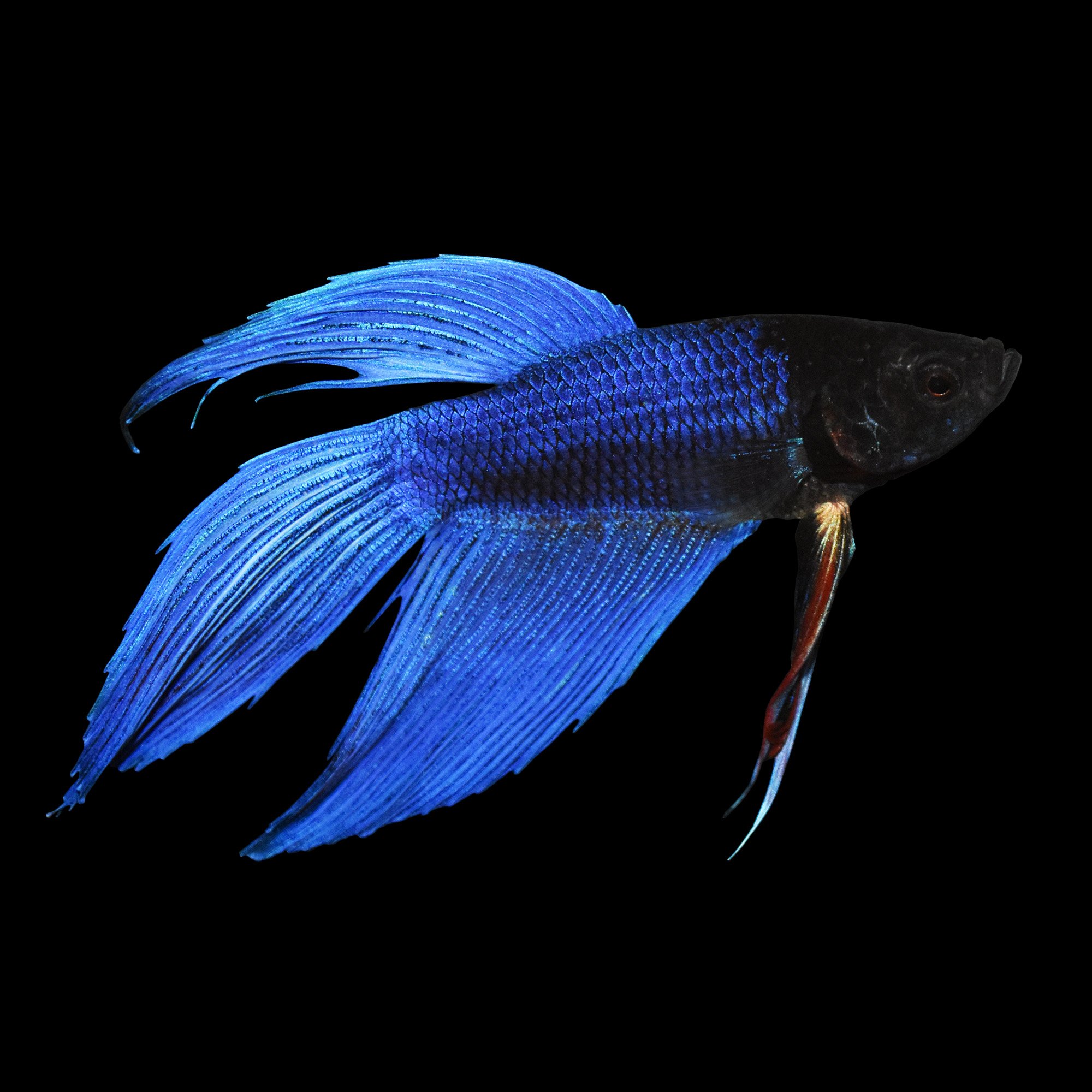Veil Tail Betta
Betta fish are one of the most popular fish among pet owners. With their vibrant colors and flowing fins, they make for a stunning addition to any aquarium. One popular variety of betta fish is the veil tail betta. In this article, we will explore the world of veil tail bettas and why they make great pets.
The Challenges of Keeping Veil Tail Betta
One of the biggest challenges of keeping a veil tail betta is ensuring that their water conditions are just right. They need a clean, well-filtered tank that is at least 5 gallons in size. Additionally, they thrive in warm water between 75-82°F, which can require a heater to maintain a consistent temperature. Another challenge is providing enrichment for your betta; they are intelligent fish that require plenty of hiding spots and stimulation to remain happy and healthy.
The Benefits of Owning a Veil Tail Betta
Despite the challenges, owning a veil tail betta can be incredibly rewarding. They are known for their unique look, with long fins that trail behind them like veils. They also have a curious and intelligent personality, making them a joy to watch and interact with. With proper care and maintenance, they can live for up to five years, providing a lasting and rewarding companionship.
Main Points about Veil Tail Betta
To summarize, veil tail bettas are a beautiful and unique variety of betta fish that require special care and attention. They require a well-maintained tank with warm, consistent water and plenty of hiding spots for enrichment. However, with their curious and engaging personalities, owning a veil tail betta can be an incredibly rewarding experience.
My Experience with Owning a Veil Tail Betta
One of my first experiences with owning a betta fish was with a beautiful veil tail betta named Finn. He had vibrant blue and purple fins that flowed behind him like a wedding veil, and he was incredibly curious and energetic. I loved watching him explore his tank and interact with his surroundings. However, I quickly realized that maintaining optimal water conditions and providing plenty of stimulation was crucial to his health and happiness. With a well-maintained tank and plenty of hiding spots, Finn thrived and lived for several years, providing me with endless joy and companionship.
Tips for Keeping Your Veil Tail Betta Happy and Healthy
One of the most important aspects of keeping your veil tail betta happy and healthy is maintaining the water conditions in their tank. Make sure the water is clean and well-filtered, and that it stays between 75-82°F. Additionally, provide plenty of hiding spots and stimulation in their tank, such as plants, rocks, and toys. Lastly, make sure to feed your betta a balanced and nutritious diet, and watch for any signs of illness or distress.

The Importance of Enrichment for Your Veil Tail Betta
As we mentioned earlier, veil tail bettas are incredibly intelligent and curious fish that require plenty of stimulation to remain happy and healthy. To provide enrichment for your betta, consider adding live plants, rocks, and hiding spots to their tank. You can also introduce toys, such as ping pong balls or mirrors, to provide mental stimulation and encourage play.

Questions and Answers about Veil Tail Betta
Q: Can veil tail bettas live with other fish?
A: Veil tail bettas are territorial fish and can be aggressive towards other fish in their tank. It is best to keep them in a tank by themselves, or with other non-aggressive fish that won't compete for resources or food.
Q: How often do I need to change the water in a veil tail betta's tank?
A: It is recommended to change your veil tail betta's water at least once a week, or every two weeks at the very minimum. You should also perform regular water tests to ensure the water conditions in the tank are optimal for your betta fish.
Q: What should I feed my veil tail betta?
A: Veil tail bettas are omnivores and will eat a variety of foods, including pellets, flakes, and freeze-dried or frozen food. It is important to provide a balanced and nutritious diet that includes both protein and vegetables.
Q: How can I tell if my veil tail betta is sick?
A: Signs that your veil tail betta may be sick include lethargy, loss of appetite, discoloration of the skin or fins, and changes in swimming behavior. If you notice any of these symptoms, it is important to seek veterinary care for your fish as soon as possible.
Conclusion of Veil Tail Betta
In conclusion, veil tail bettas are a stunning and engaging variety of betta fish that require special care and attention to thrive. With a well-maintained tank and plenty of enrichment, they can provide years of companionship and joy. By following the tips and advice outlined in this article, you can ensure that your veil tail betta remains happy and healthy throughout their life.
Gallery
Blue Male Veiltail Betta | Petco

Photo Credit by: bing.com / petco betta veiltail blue male
Bubbles & Bettas: Tail Types And Patterns

Photo Credit by: bing.com / betta tail fish types veil crown blue tails dragon bettas name bubbles pretty king veiltail beta fins crowntail patterns female
Pretty Lavender Veil Tail Betta | Betta Tank, Betta, Fish Pet

Photo Credit by: bing.com / betta veil
My Original Veil Tail Betta
Photo Credit by: bing.com / liggett heather pinned veil betta tail
Pin By Emily Bromley On Fighting Fish / Bettas | Pinterest
Photo Credit by: bing.com / red betta fish blue male fighting sherri mclaughlin via
